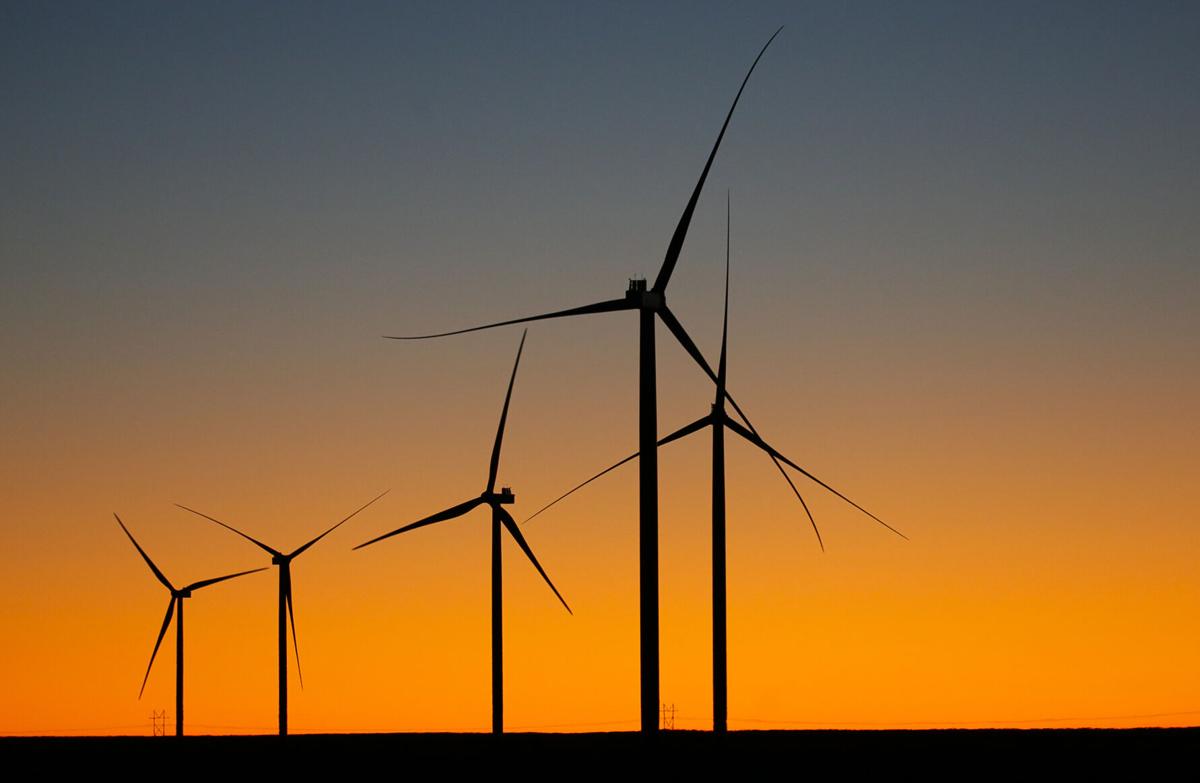With daily triple-digit temperatures fast approaching, Tucson Electric Power is asking its customers to conserve power during peak demand hours this summer to help support the reliability of its grid.
Though TEP says it has secured enough grid resources to meet expected summer demand peaks, it is asking customers to conserve energy between 3 and 7 p.m. — the period of highest demand — to help avoid a power shortage.
Last August, California’s grid operator imposed rolling blackouts over a few days to deal with a shortage of power, and TEP and other utilities in the region found supplemental wholesale power costly and difficult to access.
“We’re asking customers to help us beat the peak,” said Sam Rugel, TEP’s director of system control and reliability. “Energy resources are going to be tight this summer on the Western grid, so we’ll all be better off if we can reduce usage during hours when our system is under the greatest strain.”
Because the electric grid operates in real time, TEP must generate or purchase all the power needed by customers at the moment they use it. Usage fluctuates throughout the day, peaking in late afternoon during the summer as people come home from work, cool their homes, cook meals and enjoy other activities, TEP said.
Utilities and their customers pay more for energy during those peak usage hours, in part because resources are becoming scarce.
In recent years, extreme heat in the western United States has threatened to drive peak electric use beyond the level the regional grid can serve, TEP said.
While TEP has lined up enough resources to cover customers’ anticipated usage, supplies could be compromised by regional power plant outages, wildfires or an extended Western heat wave, the company said.
Using less energy between 3 and 7 p.m. helps ease the pressure on the grid, reducing the need for expensive on-peak power purchases and reducing the threat of energy shortages that could cause outages. When shortages become apparent, TEP and other utilities try and cut demand by asking large industrial customers to suspend operations and shutting off service to customers who have agreed to “interruptible” power supplies in exchange for a break on rates.
The next step is appeals to the public for conservation, though there isn’t always time for that, TEP notes. As a last resort, grid operators may start “rolling blackouts” — short outages that are rotated from one area of town to another to limit the impact on any one group of customers.
“Fortunately, our customers have rarely experienced these kinds of interruptions. But energy supplies are tighter than ever, particularly in California,” Rugel said. “Serving customers on-peak is likely to be more expensive, and we might have a harder time finding replacement power if our own generating resources suffer an outage or wildfires force transmission line shutdowns.”
Customers can also use more clean energy and perhaps save money by shifting their major power usage.
Customers who shift most of their energy usage from peak times to mornings and early afternoons — when output from solar farms is strongest — will use a larger share of solar energy to power their dishwashers, washing machines and other appliances and electronics, TEP notes.
Similarly, evening energy use taps into TEP’s expanding wind energy resources in New Mexico as the winds there tend to kick up around sunset. Reducing on-peak usage will help keep overall electric rates affordable, as TEP’s wholesale power costs are passed along through a surcharge on customers’ bills. Customers on any of TEP’s three time-of-use pricing plans can also save money on their own bills right away by reducing their on-peak energy usage.
TEP’s TOU plans offer lower rates during “off-peak” hours, which change with the seasons. Summer on-peak hours are 3-7 p.m. weekdays May through September, while winter on-peak hours are 6-9 a.m. and 6-9 p.m. October through April. All weekends and major holidays are always off-peak.





